

Game Rant’s Steve Pendlebury reviews Twisted Metal
In every other game that features it, vehicular combat is merely an add-on, a gaming side-dish used to spice-up existing gameplay and add a little variety. It’s nothing more than a gaming trope designed to distract players from the tedium of their main quest-lines. In many examples these driving sections are poorly implemented; in others, criminally under-used. In either case, though, they are almost always instantly forgettable.
Enter the Twisted Metal series — a game series so unapologetic about its car combat that it revels in that fact and showcases car-combat as the gaudy and defiant main event.
Creator David Jaffe recently announced that he’d be leaving Eat Sleep Play to found a new studio, meaning that the newest Twisted Metal, released exclusively for PS3 this month, may be the last in a long and distinguished line of car combat games bearing its name. This is perhaps for the best, though, since it is by far the most tightly-constructed, expertly-balanced and blisteringly-fun Twisted Metal in the entire series. By scaling-down the single player story mode to include only three characters instead of the bigger rosters of the earlier titles, the developers bought themselves the wiggle-room they needed to work on the most important aspect of the game – exceptional vehicular combat.
That’s not to say the single player story is incidental, throw-away, filler either. To the contrary, focusing solely on three of the more iconic characters from the series, Sweet Tooth, Mr. Grimm and Dollface, the single player story mode is broken into three isolated story arcs, which allows room for each combatant to tell their twisted tale and compete in car challenges as they make their way toward victory and Twisted Metal‘s overlord, Calypso. The characters themselves are joyously macabre and implemented in just the right way so that they fit naturally into what amounts to a grindhouse horror show. The cinematics explode off the screen with Zack Snyderesque hyper-realism, mixing live action, CG and comic-style cuts and chops. With the wrong set of eyes, these narrative elements could easily come across as amateur hour at SXSW, but there’s a subtle craftsmanship here, and a deliberate cheese, that adds emotional weight to the proceedings, and demands the audience come along for the ride.
The action-packed challenges in-between these cinematics are the meat and potatoes of Twisted Metal’s story mode, though, and this is where the game’s strengths, and a few weaknesses, present themselves. The objectives in these challenges vary wildly, from a capture the flag style mode called NUKE to boss battles – and yet they’re all very obviously derivatives of Twisted Metal’s trademark vehicular-deathmatch mode, only with varying rule sets.
While this may sound a little unfavorable, it really isn’t, because Eat Sleep Play have clearly spent every available second of the development schedule honing, tightening, polishing and balancing this core vehicular combat loop, almost to perfection. The basic combat mode is worth the price of entry alone and any game modes on top of the core premise are just icing on the gameplay cake.
All mechanics that do not in some way facilitate happy-fun-time vehicular carnage have been uprooted and thrown clean out the window. Most of the buildings in any given arena simply crumble and vanish like cheap set-dressing as your vehicle slides effortlessly through them while taking no damage. Similarly, all ‘real world’ filler such as pedestrians and regular cars are merely visual obstacles, and bounce out of the way when hit. Trees collapse and street lights crumble under your wheels. The only objects of consequence in the arenas are the contestants and the weapon and health pickups.
The cars themselves respond to input in a very satisfying way. Handling like obscenely-overpowered hovercraft, each vehicle is just as at home impossibly rotating in-place as it is jumping 15 feet into the air and going from 0-60 in 2 seconds flat. The critical inclusion of the ‘tight turn’ button for all vehicles enables handbrake style turns, no matter the speed or circumstance, but does away with the real-world physical byproducts such a maneuver would create, like loss of control and barrel rolls. Certainly, the physics model governing all of this bears no relation to those governing our own world, but what they do enable is a vehicular combat gameplay experience that can be played with the twitch reflexes of a Modern Warfare pro-leaguer.
Additional to the controls and the feel of the vehicles is the highly-accessible, and yet deeply-nuanced, combat loop gameplay. Each vehicle has a set of pros and cons attributed across speed, armor and special weapon categories. Of course no vehicle is overly-equipped in all three areas, but death-dealing drivers of all styles will find a vehicle or two that they can get comfortable with after an hour or so.
Taking these vehicles into the combat arena and blowing up fools is an absolute blast, resulting in the same adrenal rush players of MW3 are all too familiar with. The generous littering of pickups throughout each arena do a good job of funneling and guiding gameplay flow around certain areas of each map, which creates natural choke points and hot zones of jostling contestants. Mixing the fluidity up occasionally is the Health Truck, which drives in a circuit around each map, delivering a full-health charge, and a quick boost of speed, to anyone lucky enough or skillful enough to catch its tail and drive up its ramp.
With all that said, however, the AI difficulty in the single player campaign is the stuff of legend. A really, really annoying legend. The AI vehicles have a nasty habit of focusing on the player – and only on the player. Yes, they will engage in half-hearted skirmishes with each other now and then, but make no mistake, they will forget their immediate enemy the minute the player-character slides into view. When they do detect you, they attack en-masse, a wall of over-zealous mechanical aggression. It is during these moments, when a particular challenge requires you to perform a deliberate and tricky task, that the AI usually strikes. Good luck waiting for the Juggernaut (an enemy spawning mini-boss) to open its side panels (so that you can shoot its weaker innards) when five cars and a helicopter engage you in an all-out assault – throwing out rockets, mines, magnets and battering spikes.
Gamers who slow down to navigate a tricky path, or drive deliberately for a specific pickup, should expect to be rammed, mined, shot and exploded within seconds. It is at these times that a gamer’s faith is truly tested, and even more so when that player goes into the game’s menu – only to discover that the difficulty is already on its easiest setting. Challenge is great in video games but, for some players, the difficulty of Twisted Metal, coupled with the relentless AI programming, make it difficult to actually appreciate some of the interesting design choices and opportunities for strategy that Eat Sleep Play developed – but are incredibly hard to enjoy.
While the single player story mode is necessary to unlock certain weapons and vehicles, overall, it’s merely a dress rehearsal for Twisted Metal’s main event: Multiplayer. With core gameplay as good as Twisted Metal’s, taking the skills the campaign mercilessly beats into you online and applying it to real people is every bit as rewarding as it should be. From beginning to end, every single online game is a non-stop, high-speed gun-festival. The cat and mouse, back and forth, attack and retreat flow of each match never stops – and never stops being thrilling. Overall, the online experience is what most people will be interested in playing – and rightly so. No game does car combat like Twisted Metal, and what could easily have been a catastrophic mess akin to a round of Destruction Derby, is instead a nuanced experience with deep combat, exhilarating chases, tactical retreats, and the trademark Twisted Metal jousts.
These high points are, of course, subject to you being able to find a multiplayer game and join it successfully.
As of this review’s writing, a week after the game’s launch, network errors still plague Twisted Metal, and are still a major hinderance for players when they jump online. This issue has been lessened to a degree by a server-side patch issued last week – but the network connection errors continue. Eat Sleep Play founder, Dave Jaffe has been extremely transparent and brutally honest about his frustrations with the issues and his team’s efforts to resolve them but, at this time, it is uncertain when the online experience will stabilize.
Twisted Metal is the result of years of iteration and refinement. It demands a great deal of the player, both in terms of difficulty spikes and brutal AI, but for committed players the experience is likely to ultimately be a rewarding one. Its cadence is unapologetic and the experience it delivers is unconventional – but brilliant. Twisted Metal is a must-buy for fans of the series and is certainly worth checking our for the remotely curious – especially the remotely curious who love a challenge.
Gamers who aren’t interested in vehicular combat should, of course, steer clear but, for everyone else, Twisted Metal has a lot going for it. The core gameplay offers up a near-perfect experience – a great product that has been honed to be the best of its type. Ultimately, connection issues and the unrelenting single player difficulty undermine what the quality of the game’s mechanics and intriguing game modes – putting a major dent in Twisted Metal‘s appeal.
Twisted Metal is available now exclusively for PS3
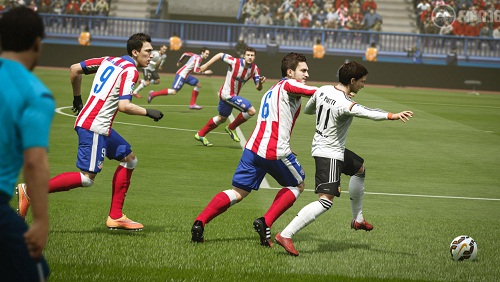
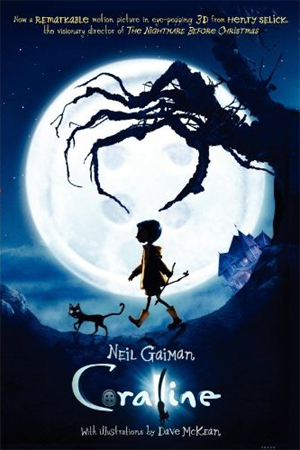

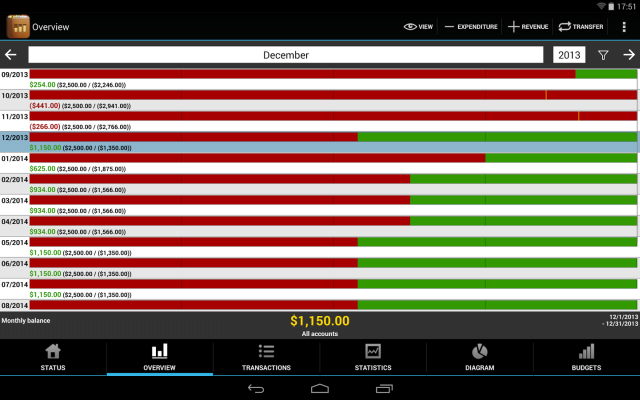
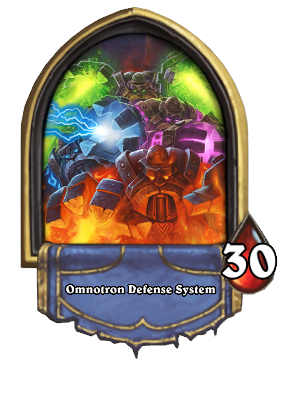 Hearthstone Blackrock Mountain Heroic Guide: Omnotron Defense System, Maloriak, Atramedes, Nefarian
Hearthstone Blackrock Mountain Heroic Guide: Omnotron Defense System, Maloriak, Atramedes, Nefarian Fallout 4 Wiki – How to, Guides, Tips, Tricks, and More!
Fallout 4 Wiki – How to, Guides, Tips, Tricks, and More! Destiny Guide: Solo The Deathsinger With Hunter, Titan and Warlock
Destiny Guide: Solo The Deathsinger With Hunter, Titan and Warlock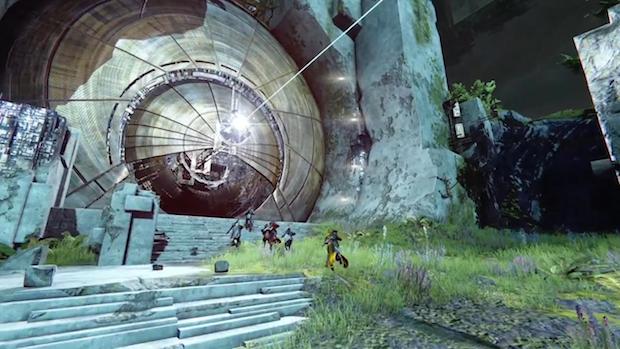 Destiny Guide: How to Complete The Vault of Glass on Hard
Destiny Guide: How to Complete The Vault of Glass on Hard How to Control What Ads You See on Facebook and Google
How to Control What Ads You See on Facebook and Google